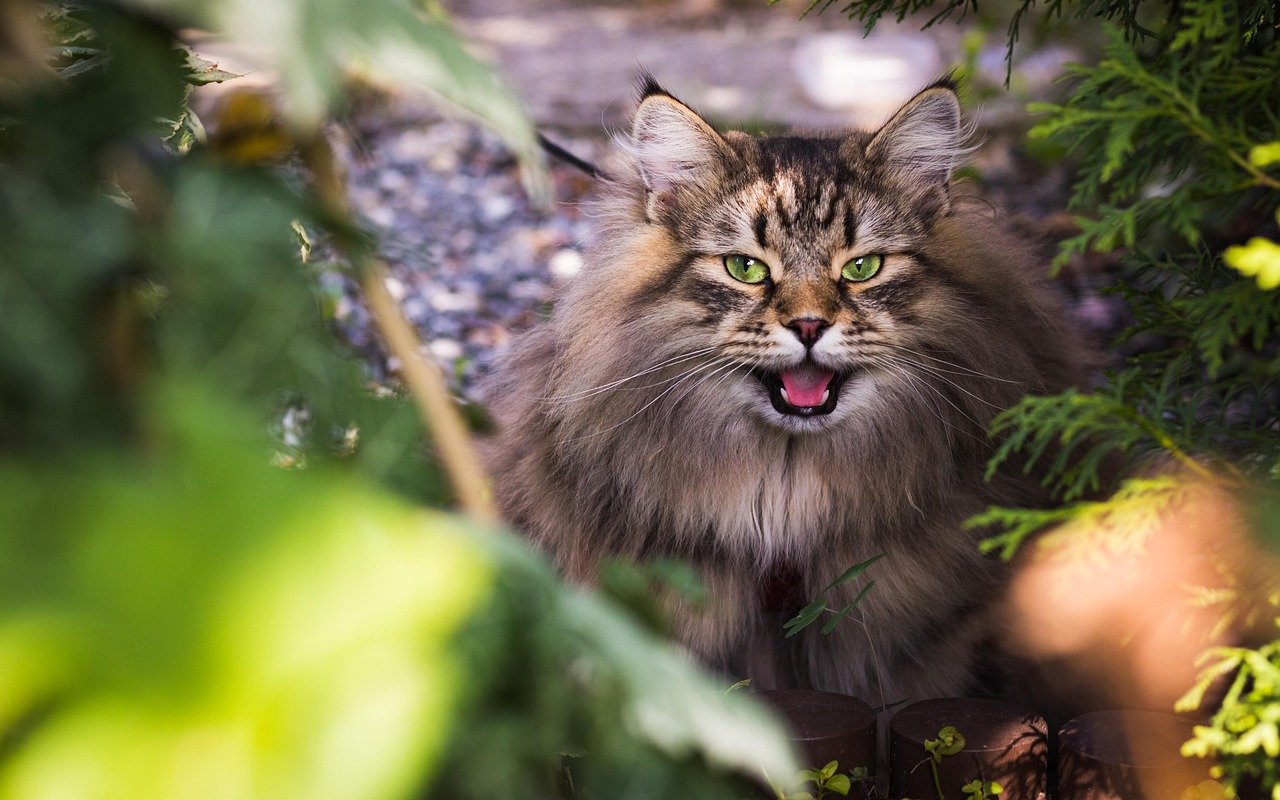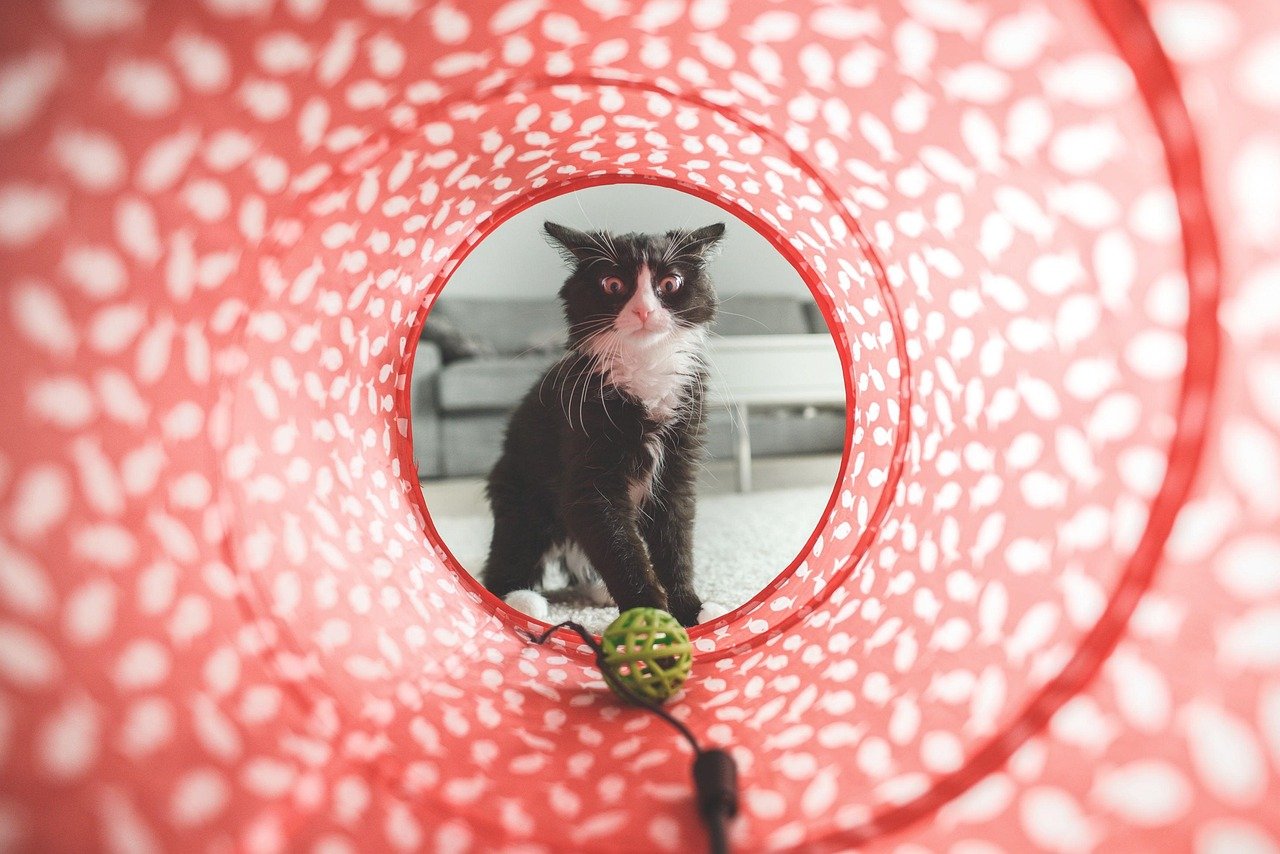Cats, with their curious and independent nature, can sometimes become anxious or nervous due to a variety of reasons. Whether it’s a change in environment, a traumatic past experience, or just their natural disposition, rebuilding trust with a nervous cat requires patience and understanding. This guide will offer you practical advice and insights to help your feline friend feel safe and comfortable once more.
Understanding the Root Cause of Anxiety
Before you can effectively rebuild trust, it’s essential to understand why your cat might be nervous. Cats can become anxious due to sudden changes in their environment, such as moving to a new home or the introduction of a new pet. Sometimes, past trauma or a lack of socialization during their formative weeks can also lead to anxiety. Observing their behavior and identifying triggers can be the first step in helping them relax. Just like humans, knowing the cause of anxiety can make it easier to address and alleviate.
Creating a Safe Space
Every cat needs a sanctuary where they feel secure. By setting up a quiet nook or a cozy corner with their favorite blanket or bed, you provide them with a retreat. This space should be free from loud noises or disturbances, allowing your cat to unwind and have some alone time. Think of it as their personal haven, much like a human’s bedroom, where they can escape the hustle and bustle of daily life.
Establishing a Routine
Cats thrive on routine. Consistent feeding times, play sessions, and even bedtime rituals can instill a sense of security in your feline friend. Predictability helps reduce anxiety because your cat knows what to expect. It’s similar to how a child finds comfort in bedtime stories—a structured routine can offer reassurance and stability.
Using Gentle and Soft Tones

The tone of your voice can significantly impact your cat’s comfort level. Speaking softly and using gentle tones can help soothe a nervous cat. Avoid shouting or using a harsh voice, as this can exacerbate their anxiety. Just as a calming lullaby can soothe a baby, your gentle voice can reassure your cat and make them feel more at ease.
Offering Treats and Rewards
Positive reinforcement is a powerful tool in rebuilding trust. Offering treats as rewards when your cat displays calm behavior can encourage them to remain relaxed. It’s like giving a child a gold star for good behavior—an incentive that motivates them to repeat positive actions. Remember to choose treats that your cat loves to make this method more effective.
Engaging in Interactive Play

Playtime can be an excellent way to bond with your cat and help them overcome nervousness. Engaging in interactive play with toys like feather wands or laser pointers can divert their attention from anxiety. Play helps in releasing pent-up energy and creates a positive association with your presence. Think of it as a fun distraction that strengthens your bond and builds trust.
Respecting Their Personal Space
While it’s natural to want to comfort your cat, it’s crucial to respect their boundaries. Forcing interaction can lead to increased anxiety and mistrust. Allow your cat to approach you on their terms. It’s akin to respecting a person’s need for personal space—sometimes, less is more when it comes to building trust.
Providing Vertical Space
Cats love climbing and observing their surroundings from a height. Providing vertical spaces, such as cat trees or shelves, allows them to feel more secure. Elevated spaces give them a vantage point to survey their environment, much like a watchtower, and can help reduce their anxiety by offering a sense of control.
Using Pheromone Diffusers

Pheromone diffusers mimic the natural calming pheromones that cats produce. These diffusers can help create a calming environment and reduce stress levels. Think of them as aromatherapy for cats, providing a sense of peace and relaxation. They can be particularly beneficial in multi-cat households or during stressful times like moving.
Consulting a Veterinarian or Behaviorist

If your cat’s anxiety persists, seeking professional help might be necessary. A veterinarian or a behaviorist can offer insights and strategies tailored to your cat’s specific needs. It’s similar to consulting a therapist for humans—sometimes, expert advice can provide solutions you might not have considered.
Offering Slow and Gentle Petting
When your cat approaches, offer slow and gentle petting, focusing on areas they enjoy, such as under the chin or behind the ears. This can create a soothing experience and reinforce positive interactions. It’s much like a gentle massage that helps in relaxation and creates a bond of trust.
Introducing New Experiences Gradually
If your cat is nervous about new experiences, introduce them gradually. Whether it’s a new toy, a room, or even a visitor, taking it slow can prevent overwhelming them. Think of it as dipping a toe in the water rather than diving in headfirst—small steps can lead to significant progress in building confidence.
Observing Body Language

Understanding your cat’s body language can provide insights into their comfort levels. Pay attention to signals like tail position, ear movements, and pupil dilation. These cues can guide you in adjusting your approach to ensure your cat feels secure. It’s similar to reading between the lines in a conversation—non-verbal cues can tell you a lot.
Maintaining a Calm Environment
A calm and peaceful home environment can significantly impact your cat’s well-being. Minimize loud noises and sudden movements, creating a serene space where your cat feels at ease. It’s like creating a tranquil oasis in your home, where your cat can relax without any disturbances.
Spending Quality Time Together
Spending quality time with your cat, whether through play, grooming, or just sitting together, can strengthen your bond. This shared time fosters trust and shows your cat that they can rely on you. It’s akin to spending quality time with a friend—building a relationship through shared experiences.
Encouraging Exploration
Allow your cat to explore their surroundings at their own pace. Providing opportunities for exploration can boost their confidence and reduce nervousness. It’s like letting a child explore a playground—freedom to explore can lead to newfound confidence and curiosity.
Using Calming Music or Sounds
Playing calming music or nature sounds can have a soothing effect on a nervous cat. Gentle melodies or ambient sounds can create a peaceful atmosphere. Think of it as background music in a spa, designed to relax and calm the senses.
Offering Consistent Affection
Consistent affection, when your cat seeks it, can reinforce a sense of security. Offering love and attention when your cat is receptive can build a strong bond. It’s like offering a comforting hug when someone needs it—timely affection can make a world of difference.
Practicing Patience and Understanding
Building trust with a nervous cat requires patience and understanding. Remember, it’s a gradual process, and each cat is unique. Just as you would be patient with a friend going through a tough time, offering consistent support and understanding can lead to a trusting relationship with your feline companion.
Rebuilding trust with a nervous cat is a journey that requires time, effort, and empathy. By following these steps, you can create a safe and loving environment where your cat feels secure and cherished.
Hi, I’m Bola, a passionate writer and creative strategist with a knack for crafting compelling content that educates, inspires, and connects. Over the years, I’ve honed my skills across various writing fields, including content creation, copywriting, online course development, and video scriptwriting.
When I’m not at my desk, you’ll find me exploring new ideas, reading books, or brainstorming creative ways to solve challenges. I believe that words have the power to transform, and I’m here to help you leverage that power for success.
Thanks for stopping by, Keep coming to this website to checkout new articles form me. You’d always love it!






